PPT-Personal Injury Practice Pointers for Dealing with the Collateral Source Rule
Author : ellena-manuel | Published Date : 2018-11-10
By Jesse B Blocher Habush Habush amp Rottier SC What is the Collateral Source Rule The collateralsource rule provides that the damages to be awarded to an injured
Presentation Embed Code
Download Presentation
Download Presentation The PPT/PDF document "Personal Injury Practice Pointers for De..." is the property of its rightful owner. Permission is granted to download and print the materials on this website for personal, non-commercial use only, and to display it on your personal computer provided you do not modify the materials and that you retain all copyright notices contained in the materials. By downloading content from our website, you accept the terms of this agreement.
Personal Injury Practice Pointers for Dealing with the Collateral Source Rule: Transcript
Download Rules Of Document
"Personal Injury Practice Pointers for Dealing with the Collateral Source Rule"The content belongs to its owner. You may download and print it for personal use, without modification, and keep all copyright notices. By downloading, you agree to these terms.
Related Documents

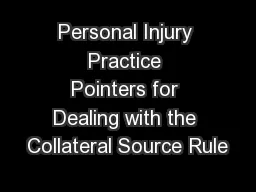
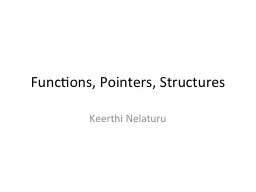

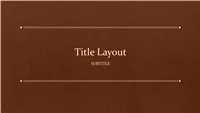
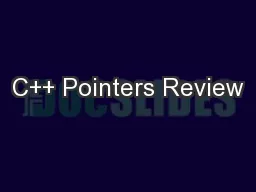
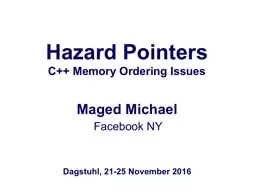
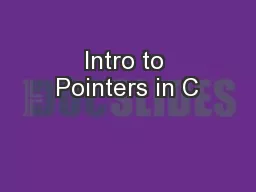


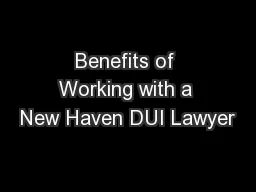


![[eBOOK]-Understanding Pointers in C & C++: Pointers in all its forms: Fully working Examples](https://thumbs.docslides.com/979185/ebook-understanding-pointers-in-c-c-pointers-in-all-its-forms-fully-working-examples-and-applications-of-pointers-english-edition.jpg)
